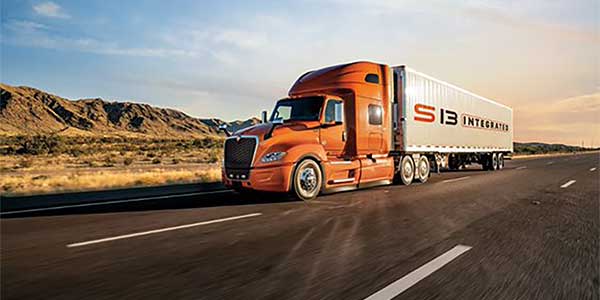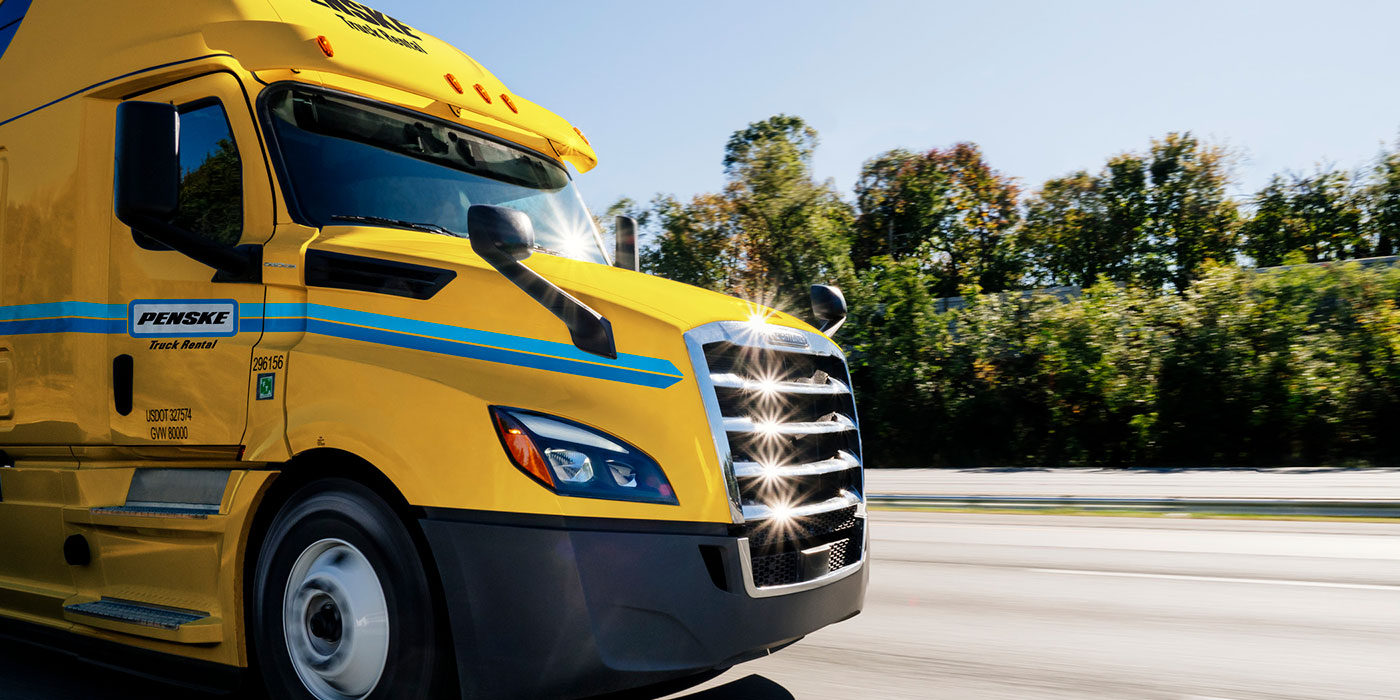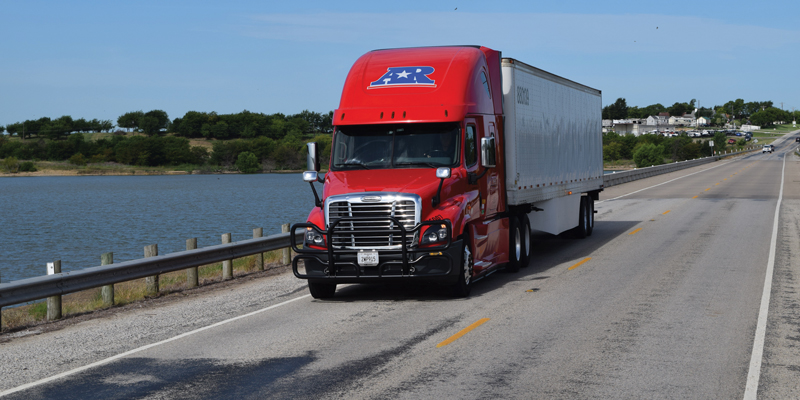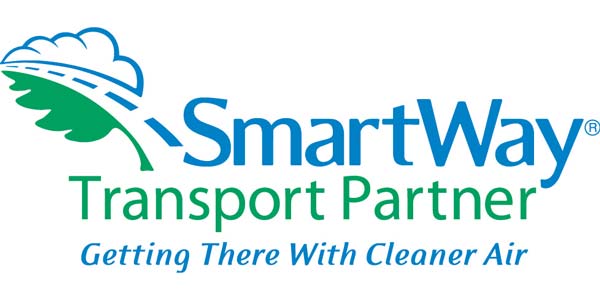The Environmental Protection Agency estimates that truck transportation accounts for approximately 20% of the greenhouse gases generated in our country.
This figure is expected to grow over the next two decades due to increased demand for truck transportation and aging fleets that have declining emissions performance. This situation is understandable when you realize that upwards of 90% of the five million trucks in business fleets are privately operated by companies that do not have the infrastructure, manpower, tools or technologies to operate their fleets in an environmentally-friendly manner.
This, according to Ryder Systems in its recently published “Sustainability Report,” offers this SmartWay Partner the opportunity to increase its positive influence on a growing customer base. Specifically, Ryder says it can help its leasing and rental customers improve the carbon footprint of their operations in three main areas:
• By providing the latest engine technologies and vehicles specified for optimum fuel efficiency, because a better-equipped vehicle can deliver both desired operating performance and improved environmental performance.
• By rigorously maintaining its vehicles to ensure they are delivering the performance it expects and promises to its customers.
• By offering alternative fuel and advanced technology vehicles, which are designed from the start for better emission performance compared to conventional diesel powered vehicles.
Ryder goes on to describe how it is committed to developing ways to help customers improve their environmental sustainability in ways that are easy for them to test, adopt and expand. For example, it has available flexible leasing programs for alternative fuel vehicles that allow customers to determine if such options are a viable alternative in their operations.
To help its fleets understand how they are achieving an improved environment, the company also reports carbon footprint data on the parts of its customers’ operations that Ryder manages. These reports supplement the standard transportation management data it already provides to customers and are not commonly available to fleets that do not have the capabilities or resources to capture this information in their own operations.
Such information can help customers improve both environmental sustainability and their overall business performance. Most private fleets are focused on reducing costs, increasing uptime and lowering risks associated with disruptions in distribution. They’re pleased to have an environmental benefit, even though that normally is not their main focus.
Last year, Ryder launched a program called the Green Challenge to show customer fleets how they could leverage their engagement with Ryder to realize significantly increased environmental benefits. Through participation in the program, its customers can achieve these benefits while Ryder supplies all the technology, resources and expertise.
Customers are able to participate in the Green Challenge program at any level they choose. It could be as simple as trying a hybrid or alternative-fuel vehicle in their operation. Or companies can implement more extensive changes that might include facility retrofits or new distribution networks—all options that deliver long-term environmental benefits.
Even companies that choose not to participate in Ryder’s Green Challenge have the opportunity to learn new perspectives on how they can go greener in the future.
The company adopted an environmental policy over 10 years ago and has updated it periodically to reflect changes in its business, revising objectives based on identified environmental impacts and performance. It also has been an active SmartWay Partner for many years and clearly takes its responsibility to protect the environment very seriously. Congratulations are in order for this SmartWay Partner.













